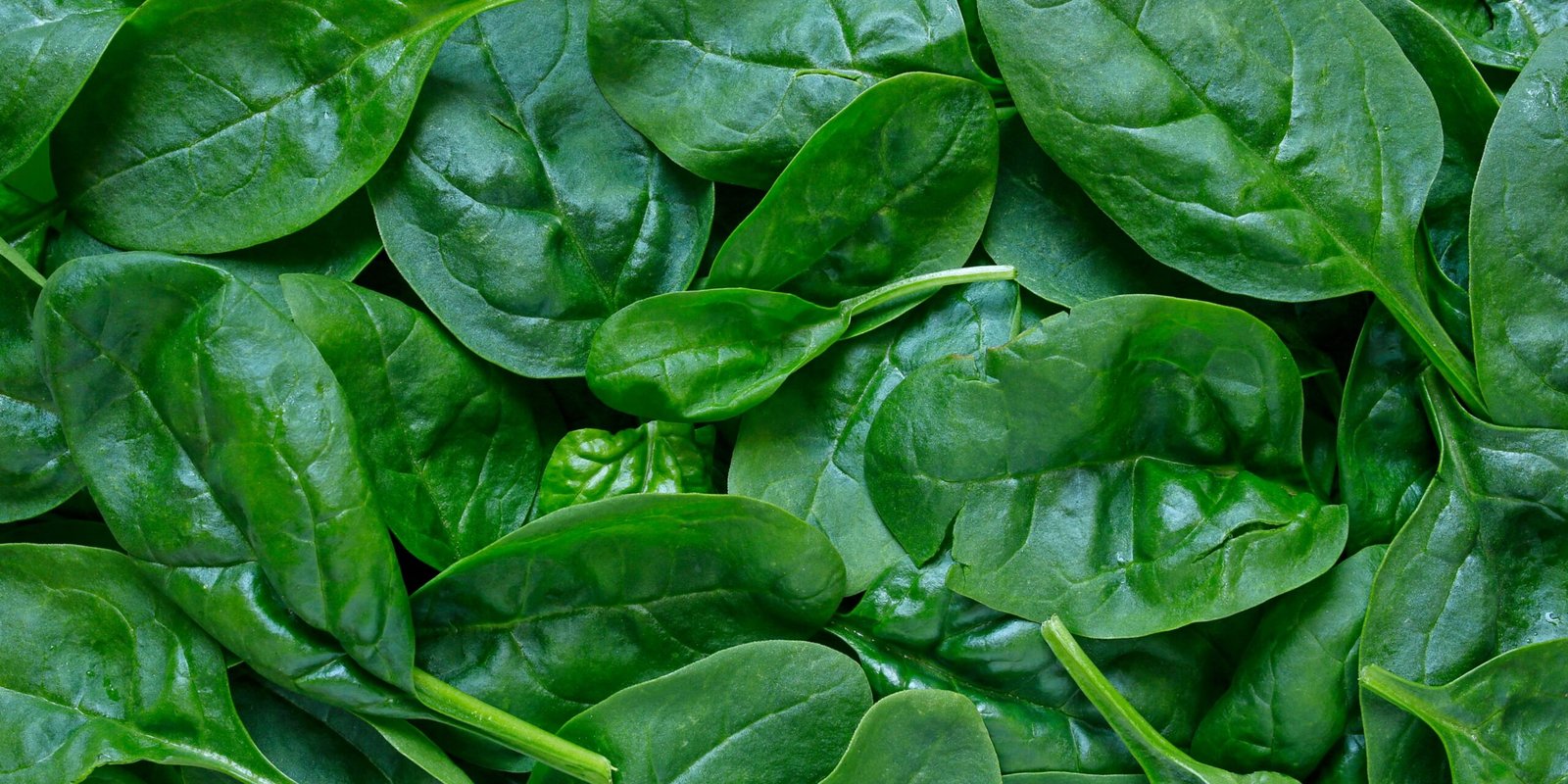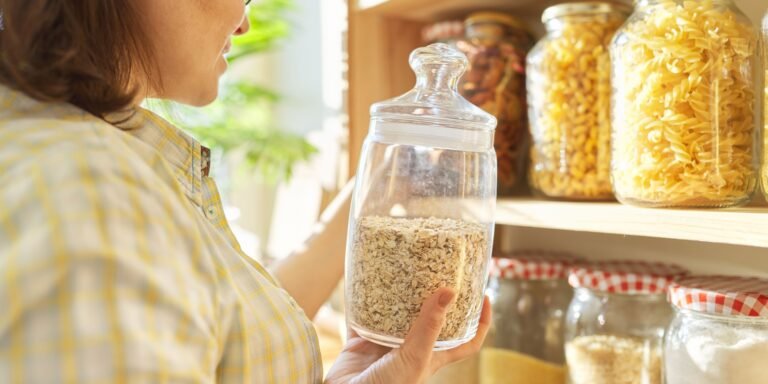How To Dehydrate And Store Spinach Long Term
This post may contain affiliate links, full disclosure here.
One of the nicest things is to eat raw spinach leaves from your yard or a nearby organic store. The best thing about spinach is that it goes nicely with almost any salad.
And there are numerous benefits to including these super-green leaves in your diet. But here’s the thing: there’s an issue. Spinach leaves may only last a certain amount of time at room temperature or after being refrigerated.
It means you won’t be able to complete a whole harvest or bag of spinach on your own. If you try to store it, you may need to employ a few different methods.
You could buy smaller bags of spinach at the grocery, but it isn’t really practical. For many people, continuous farming is not the best option. So dehydrating and storing spinach is the most practical choice.
Dehydration is the process of eliminating water from spinach leaves in order to extend their life. Even better, once you’ve done dehydrating spinach, you can take numerous routes.
We’ve put together an authoritative guide on spinach dehydration and long-term storage in this article. We’ve also answered some of your questions concerning the ordeal. So, without further ado, let’s get started on dehydration.
See also: How To Store Quinoa Long-Term
How To Dehydrate Spinach?
There are several ways to dehydrate spinach. In this guide, we’ve explored the three most popular solutions.
As you can expect, each strategy will necessitate a different set of tools. As a result, we’ve gone over the steps you’ll need to know for each approach.
Use a food dehydrator to dehydrate spinach
If you have a dehydrator at home, this approach is the most convenient.
Needed Tools and Equipment:
A food dehydrator, a draining pot, and a knife for chopping
- We are employing a specialized food dehydrator for this process, as previously stated. A food dehydrator is a device that removes the water content of food. It could be done for long-term storage or flavor enhancement.
- To begin, comb through the spinach leaves to see if there are any dead areas. After you’ve removed the dead pieces, thoroughly wash the spinach leaves. Make certain that no contaminants enter the room.
- Large items should be removed from the collection as well. These stems may cause complications during the dehydration process because they contain a lot of water. Furthermore, the stems may get too dry in some situations, wreaking havoc on the appearance and texture of the hydrated spinach leaves.
- After removing the stems, chop the spinach leaves into an easy-to-manage structure with the chopping knife. If you wish to use the dehydrated leaves in their largest size, you can omit this step.
- It’s time to sort the spinach leaves into drying piles. Make sure you don’t cram all of the leaves into one spot. Spread them out as much as possible instead. Separating spinach leaves one by one is not necessary, but overlapping will be an issue.
- You can now leave the dehydrator to do its work. The ideal period is 6 hours, and the temperature must remain at 125 degrees. You may need to spend a few more hours depending on the leaves you have.
See also: Shelf Life Of Wheat Berries
Use the oven to dehydrate spinach
If you don’t have a dehydrator, you can use your oven instead.
Needed Tools and Equipment:
Knife for chopping in the oven
- We’re going to use a regular oven in your kitchen for this procedure. You won’t have to spend extra money on a food dehydrator as a result. Furthermore, because an oven provides more heat, the dehydration process can be completed quickly.
- You must adhere to the first three steps outlined in the first technique. It implies you’ll have to clean the spinach leaves from pollutants, excess water, and stems. If you like, you can also cut the leaves.
- You can now arrange the spinach leaves for dehydration on a cookie rack. You must arrange all of the leaves without stacking them. Make certain that everything is layered evenly. It would lessen the likelihood of overheating.
- The temperature can be regulated to 125 degrees. Some ovens, on the other hand, may require a minimum temperature of 150 degrees. In that instance, keep the temperature at 150 degrees Fahrenheit, but keep a watch on it to see if it becomes too hot.
- As previously stated, you will not have to wait long, especially if you have selected a temperature of 150 degrees. You might have the findings in as little as 2 or 3 hours, which is fantastic. You can transfer the leaves to another container after they are dried and brittle.
Hang-drying Spinach Leaves
If you don’t have an oven, you can dehydrate spinach leaves using this traditional approach.
Needed Tools and Equipment:
Butcher String
- You must clean and arrange the spinach leaves in the same manner as in the previous approaches. This approach does not require the removal of stems. When we have to put up the string, the stems will come in helpful.
- Tie the spinach leaves to the butcher’s string at this point. If you reside in a windy place, make sure the leaves don’t fall. As a result, it’s important to tighten them as tight as possible on the string.
- You can now suspend the string somewhere that does not receive direct sunlight. Exposing the leaves to direct sunlight, on the other hand, is not a good idea. Instead, let the spinach leaves dry naturally with the help of natural air.
- While this procedure may take up to 3 or 4 weeks, it is completely free. For now, you can leave the spinach leaves hanging and come back when you’re ready. When the leaves appear to be dry, transfer them to a plate, container, or zip bag.
So, based on the equipment you have and the time you have, you can select between these three possibilities.
What is the Proper Way to Store Dehydrated Spinach?
There is no one-size-fits-all solution for storing dehydrated spinach. However, for the greatest results, you can select one of the following options.
The option you select should be depending on how you want to use the spinach in the long run.
- The dehydrated spinach leaves can be placed in an airtight bag. We recommend using a zip bag to keep things organized. The leaves can be kept in the bag and eaten whenever you desire.
- You may make spinach powder, which is convenient to use in the kitchen. This powder can be used to flavour your morning eggs, omelettes, or other dishes with fresh spinach flavour. It’s much easier than adding raw leaves, which may not properly distribute the flavour.
- Rather than making a powder, you can make spinach flakes. It’d be a fantastic addition to your morning smoothies and other beverages. We hope you’re aware that spinach leaves are high in nutrients.
Shelf Life of Dehydrated Spinach
One of the primary reasons for dehydrating spinach is to extend its shelf life. So, how long does dehydrated spinach last on the shelf?
You may store dehydrated spinach on your shelf for up to six months, though the figures will vary depending on the methods. Dry spinach leaves and flakes can last up to a year in some situations.
However, you are unlikely to preserve dehydrated spinach for such a lengthy period of time. These items are so tasty that you’ll be able to finish them in a month or two.
Converting spinach to spinach powder, by the way, gives it the longest shelf life.
Should You Make Spinach Powder?
Using spinach powder to extend the life of dried spinach is a good idea. This can be accomplished by crushing the dry leaves.
After that, you’ll have a beautiful powder that you can easily include in smoothies and other recipes. As a result, if you want to use spinach in a variety of meals, you should produce spinach powder.
This will also help you get the most out of your product’s shelf life. The powder should last for up to a year on your shelf, which is fantastic.
Does Spinach Lose Nutrients When Dehydrated?
When spinach is dehydrated, it does not lose any nutrients. Dehydration has no effect on leaves in any chemical form, as we’ve observed. The technique, instead, eliminates the water from the bunch.
As a result, spinach powder or flakes would have the same nutritional benefits as raw spinach leaves. It would also be simple to add taste to foods. As a result, dehydrating spinach has more advantages than disadvantages. It also makes things a lot more convenient.
You must select a dehydration process based on how you intend to consume the product. Although not everyone likes eating watered spinach leaves, spinach powder complements most recipes well.






![How To Start A Gluten Free Emergency Food Supply [ Before It’s Too Late]](https://preparinginthecity.com/wp-content/uploads/2021/08/How-To-Create-A-Gluten-Free-Emergency-Food-Supply-768x384.jpg)
